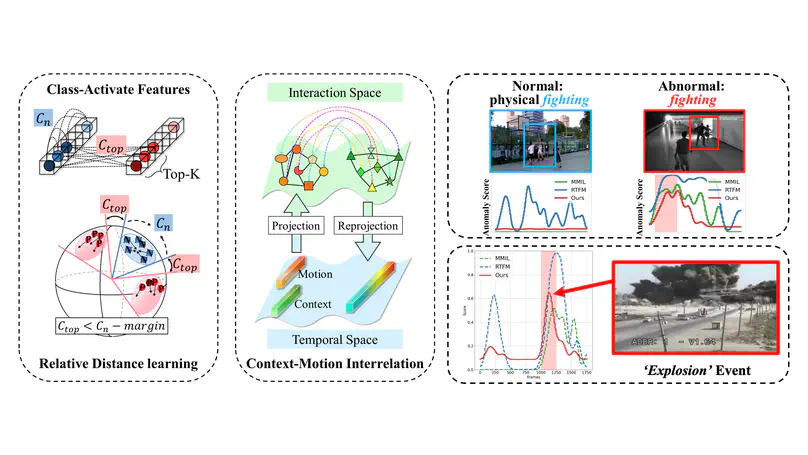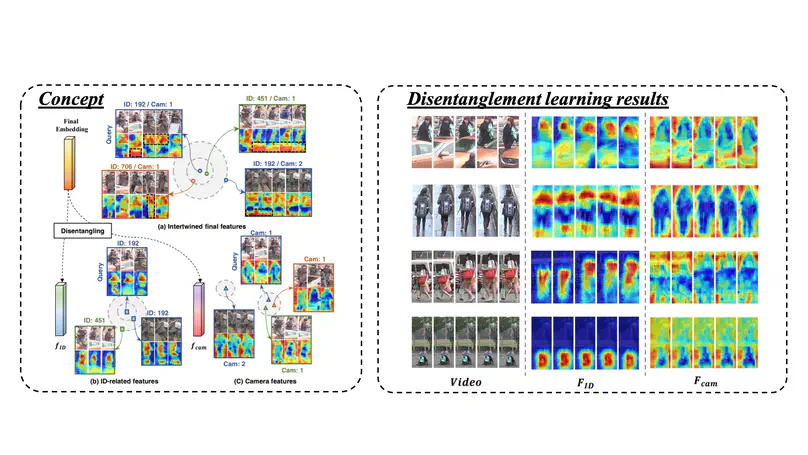Biography
I am an assistant professor at the Department of Software Convergence, Kyung Hee University, Republic of Korea, where I lead the Visual Science Lab. Before joining Kyung Hee University, I was a research intern at Naver Cloud (CLOVA). I received my M.S. and Ph.D. degrees from the Image and Video Pattern Recognition Lab., School of Electrical and Electronic Engineering, Yonsei University, Korea, in 2023, and my B.S. degree from the School of Electronic Engineering, Kyung Hee University, Korea, in 2018. My research interests include computer vision, computational photography, machine learning, and deep learning, with a particular focus on visual (image/video) representation learning across diverse models, datasets, and supervisions. My work spans image and video processing, as well as their application and analysis through pattern recognition. Recently, my research topics have centered on video anomaly detection, face recognition, and 3D scene reconstruction.
- Computer Vision
- Deep Learning
- Image/Video Processing
- Multi-modal Learning
M.S./ Ph.D. in Electrical and Electronic Engineering, 2023
Yonsei University
B.S. in Electronic Engineering, 2018
KyungHee University
Projects
Publications
Patents
- Object Tracking Apparatus and Method using Self‐Attention (2021)
KR-Registration, No.10-2359982 - Apparatus and Method for Recognizing Heterogeneous Face Based on Relationship Between Component (2022)
KR-Registration No.10-2356438 - Apparatus and Method for Tracking Pedestrians in Multiple CCTV Environment (2022)
KR-Registration, No.10-2355006 - Apparatus And Method For Tracking Pedestrians In CCTV Environment (2023)
KR-Registration, No.10-2519367 - Object Tracking Method and Feature Vector Extraction Method for Tracking Object (2021)
KR-Application, No.10-2021-0165002 - Apparatus and Method for Detecting Anomalous Event (2020)
KR-Application, No.10-2020-0153560 - Video Anomaly Detection Apparatus and Method using Relational Embedding (2022)
KR-Application, No.10-2022-0156968
Experiences
Awards
Contact
I am always looking for talented and motivated collaborators (graduate students, postdocs, and undergraduate interns). If you’re interested in joining our lab or collaborating, please email me.
- maycho@khu.ac.kr
- +82 31 201 2595
- 1732 Deogyeong-daero, Giheung-gu, Yongin-si, Gyeonggi-do, Republic of Korea
- Room 7032, Woojungwon Building, Kyung Hee University
- Zoom Me



















